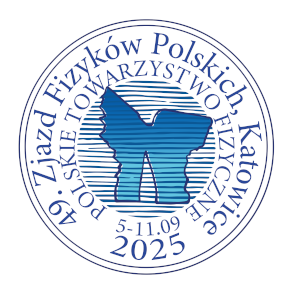The nature of dark matter remains unknown, and its origin is currently one of the most important questions in physics. One of the most promising technologies to directly observe interactions of Weakly Interactive Massive Particles (WIMPs), a dark matter candidate, with ordinary matter is based on the use of a large mass of liquid argon as a target.
A general overview and status of the...
The LEGEND experiment has been designed to search for neutrinoless double-beta decay (0vbb) in Ge-76. Its discovery would have profound implications for neutrino physics and cosmology providing unambiguous evidence for the Majorana nature of neutrinos, lepton number non-conservation and the absolute neutrino mass scale. The LEGEND-1000 detector represents the ton-scale phase of the LEGEND...
The Top-Down reconstruction chain is a Monte Carlo simulation framework designed to reconstruct extensive air showers while addressing the observed muon discrepancy—the excess of muons in data compared to simulations. We apply this method to a rare event detected by the Pierre Auger Observatory, notable for its exceptionally large depth of shower maximum. This rare event may even suggest...
The true nature of dark matter remains a mystery, and uncovering its origin in the Universe is one of the foremost challenges in physics. Direct detection efforts focus on searching for interactions between weakly interacting massive particles (WIMP), one of favored dark matter candidates, and ordinary matter. Experiments are located in deep underground laboratories, where cosmic ray...

